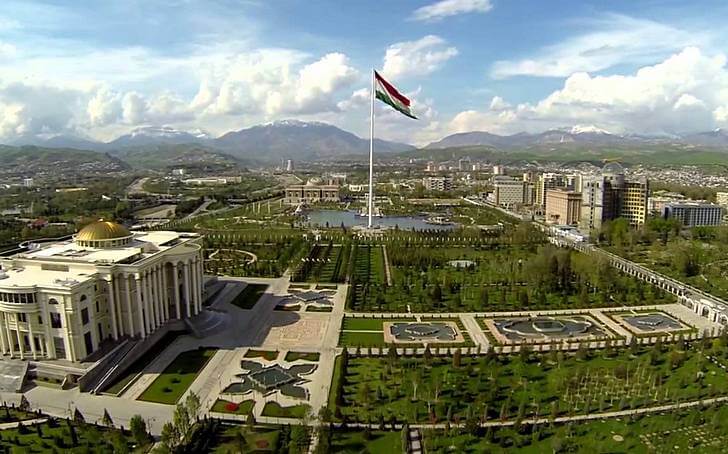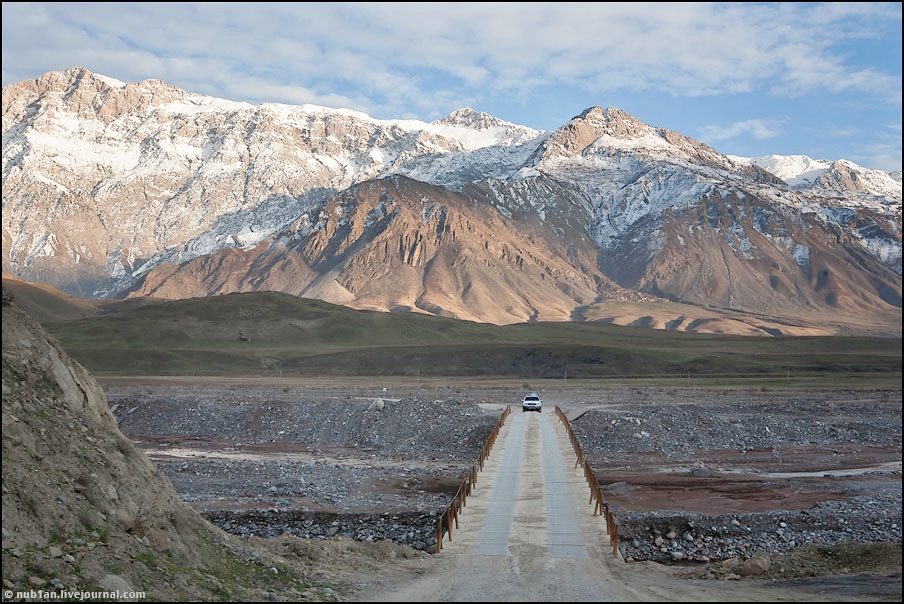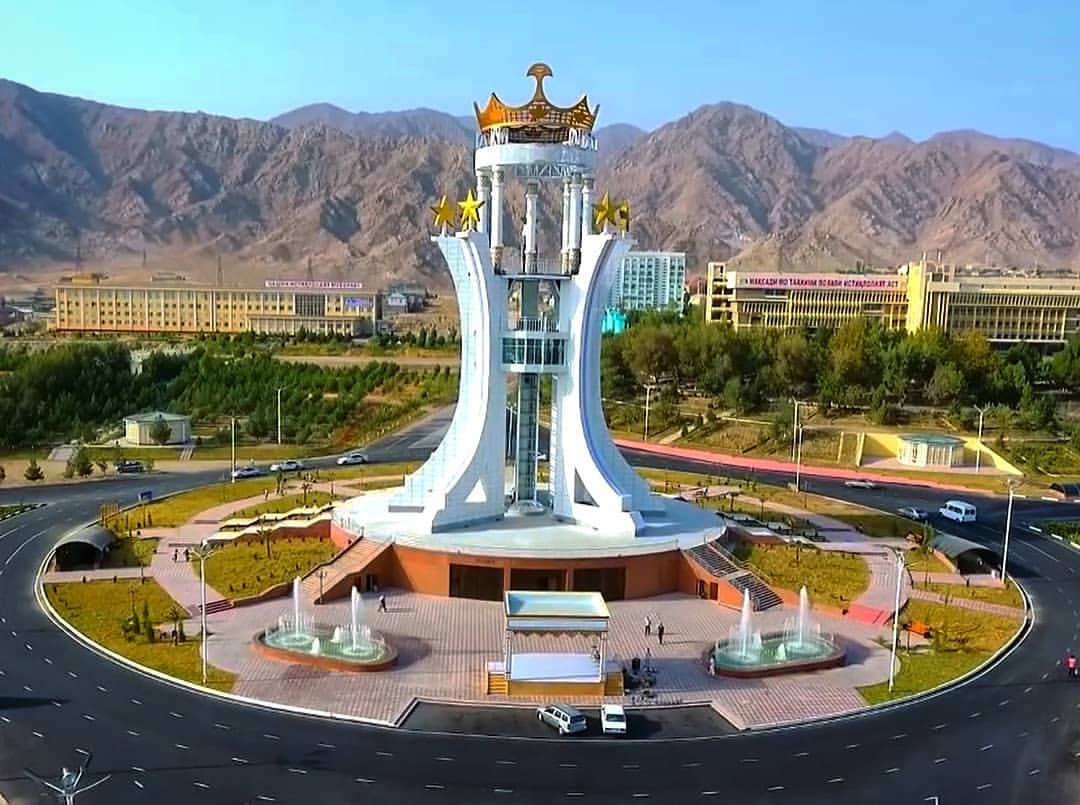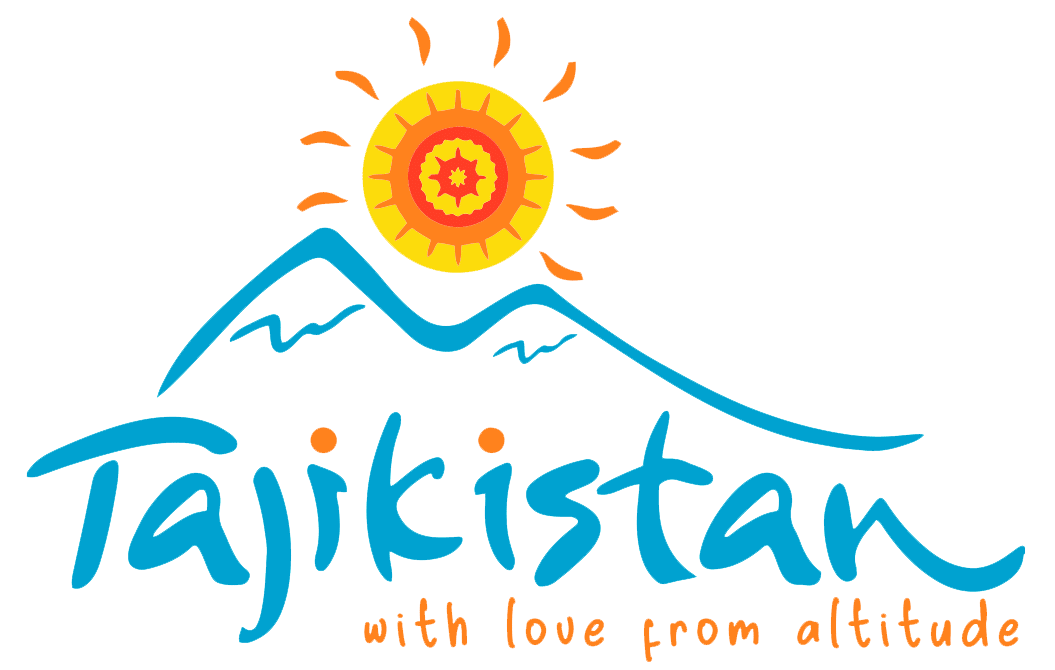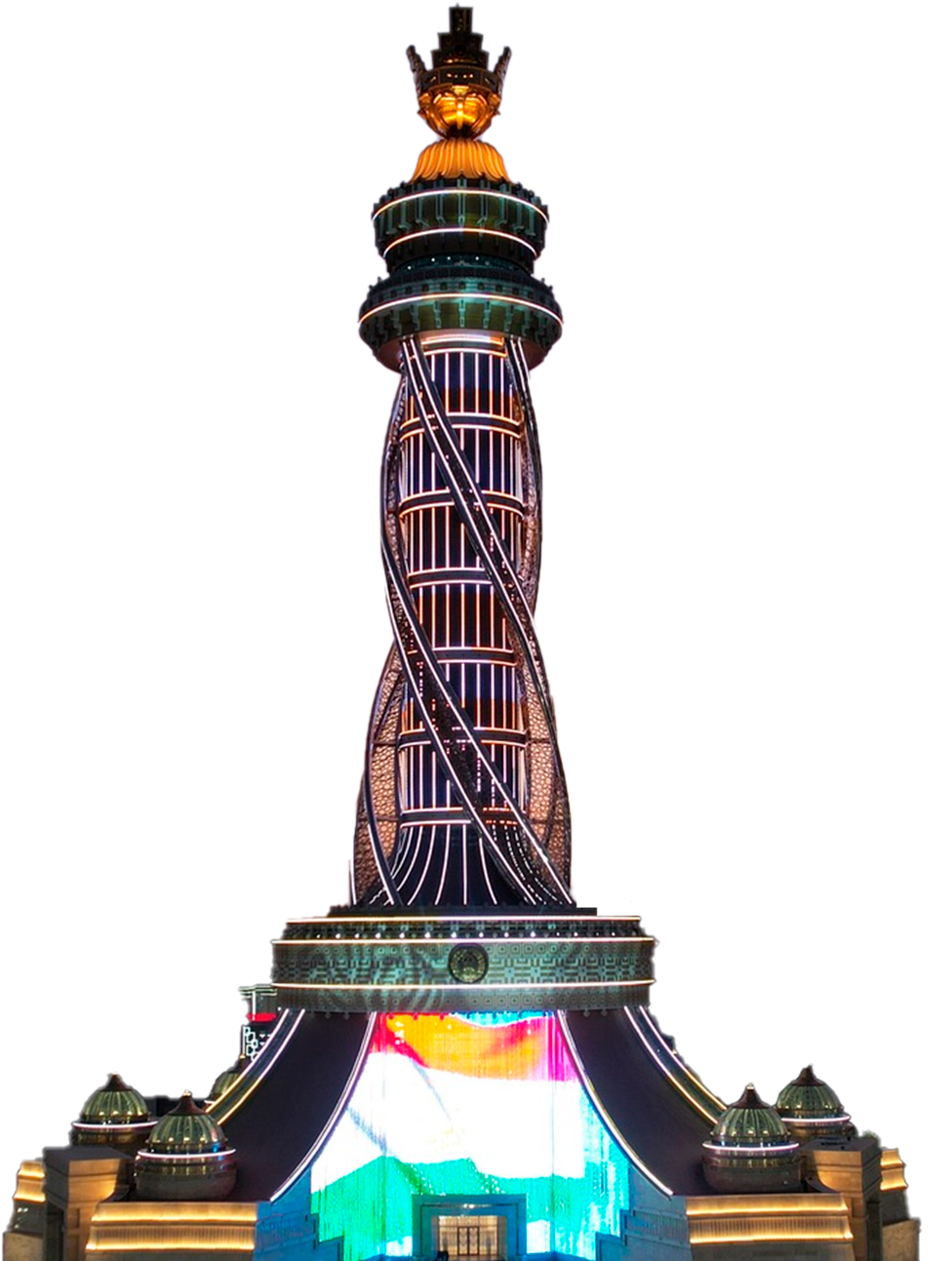










 About Tajikistan
About Tajikistan
General Information
Area: 143 , 100 square kilometers .
Population: about 10 163 400 persons
State language: Tajik
Capital city: Dushanbe
The State Holiday: Day of Independence – September 9
Currency: Somoni.
Symbolics: Flag of Tajikistan, Emblem of Tajikistan
Nationalities: Tajiks (79.9 %), Uzbeks (15.3%), Russians (1.1 %), Kyrgyz (1.1%), others(2.6%)
Climate: sharp continental
Natural resources: aluminum, coal, oil, gas, iron, zinc, antimony, mercury, gold, tin, tungsten, boron , carbonates, fluorite, precious and semiprecious stones
Major cities: Khujand, Kurgan-Tyube, Khorog, Kulyab , Penjikent
Major industries: mining metallurgy, water-power engineering, textile and clothing industries .
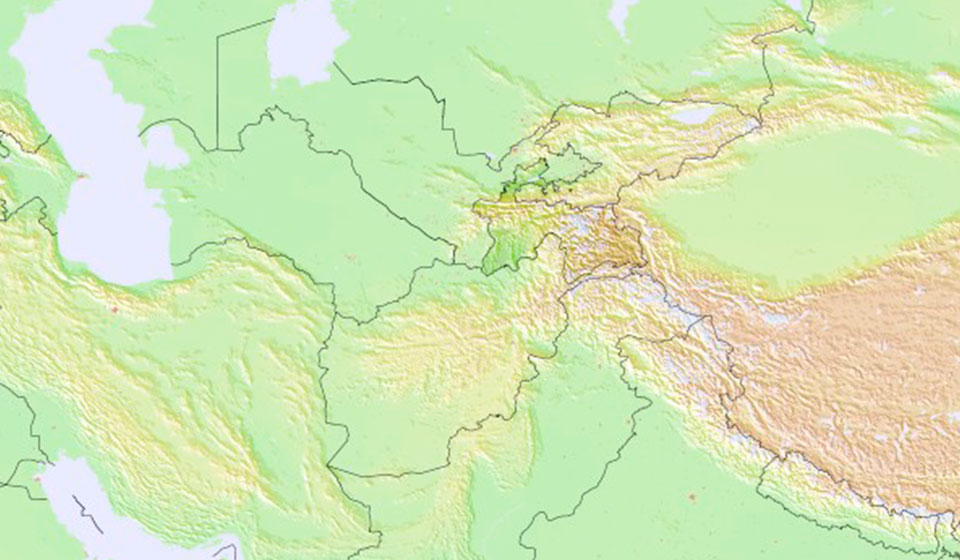
Modern Tajikistan combines all the powerful aspects of its raw and untouched nature where the highest mountain peaks of Central Asia reach for the skies and some of the world’s largest glaciers slowly make their way downstream. Imposing mountains, feeding most of the rivers of Central Asia, picturesque gorges, subtropical valleys, where cotton fields, vineyards and apricot orchids take their turns, deserted high mountain plateaus, comparing in severity of their winters with Siberia – this is all Tajikistan, an independent developing country.
The fresh mountain air and the beauty of wildlife draws tourists from all over the world. Due to the remoteness of many of the human settlements in Tajikistan, unique pistachio groves, the purity of the rivers and lakes has been preserved. More than thirteen species of fish live in the rivers and lakes of Tajikistan. Some of the fish species are used for commercial fishing however most of them are included in the Red Book of Tajikistan. The Red Book of Tajikistan is a state document established for documenting rare and endangered species of animals and plants that exist within the country.
There are three natural reserves in the republic and fourteen zakazniks (nature reserve for landscape protection). Recently the nature reserve “Dashtijum” was established with the aim to conserve the last population of markhor (a large wild goat with long twisted horns) in central Asia. Mountain forests and valuable species of animals are conserved in Sarikhosor, Dashtimaidon, Childukhtaron and other zakazniks.
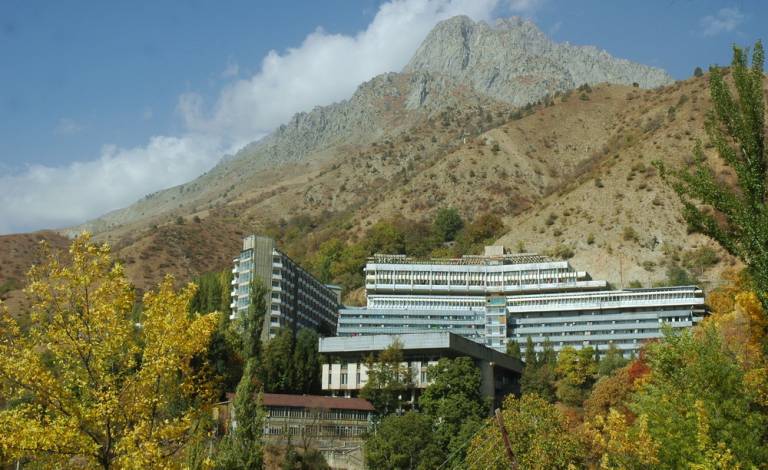
Tajikistan is famous for its rich and colourful history. The descendants of Bactria and Soghdiana laid the foundations of the ancient and wonderful civilization. Today, modern Tajikistan carefully safeguards its ancient historical and cultural heritage, and is reviving old traditions such as original handicraft traditions. Until now in many cities of the country famous dynasties of masters of gold embroidery products, masters in producing silk, abra, gulduzi, embroiderers of skullcaps, weavers, jewelers, masters in producing cold arms, masters of ceramics whose products are known worldwide. The country is not only reviving monuments of the Zoroastrism period but is also preserving languages, culture and traditions of ancient Soghdians living in Yaghnob settlement which is 120 km away from Dushanbe. Yaghnobis are descendants of ancient Iranian tribes of Eurasia: Alans, Sarmatians and Skitians. The modern language of Yaghnobis goes back to ancient Soghdian language, a dialect spoken (skitian-sarmati dialect group) in Central Asia. One of the only living representatives of this branch of Iranian languages is one of the dialects of the Ossetic language. Until the Arab invasion in 8th century AD, Soghdians – traders that lived in Zerafshan valley played a key role in the Great Silk Road which passed through Penjikent, Samarkand and Bukhara. In 722 AD Soghdians were defeated by the Arab army. Abandoning their lands Soghdians escaped to the mountains and particularly to the inaccessible valley of Yaghnob, where the village Pskon actually became the new capital for Soghdian refugees.
In the high mountain ares you can rarely encounter local people, however in the valleys life is in full swing. Cars move continuously on highways via the passes Anzob, and Khaburubod (about 4,000 m above sea level) and connect the ‘Roof of the World’ (Pamirs) with the other regions of the country. The construction of the railway Kurgan Tube-Kulyab and motorway Kulyab-Kulma-Karokorum is now completed.
Today, Tajikistan is aiming to build a nation of peace and international security. Tajik governments strives to develop trade-economic cooperation with regional countries and the world.
It is impossible to express the beauty of this sunny country. One can tirelessly tell about ancient cities, about wonderful Tajik cuisine, art which goes back to the past, but the best way to experience this country is to listen to the Eastern wisdom – it is best to see the country at least once but even better to hear its stories many times. Welcome to sunny Tajikistan, a country which will reveal its mystery and will grant you a special experience of its unique beauty and pristine nature.
